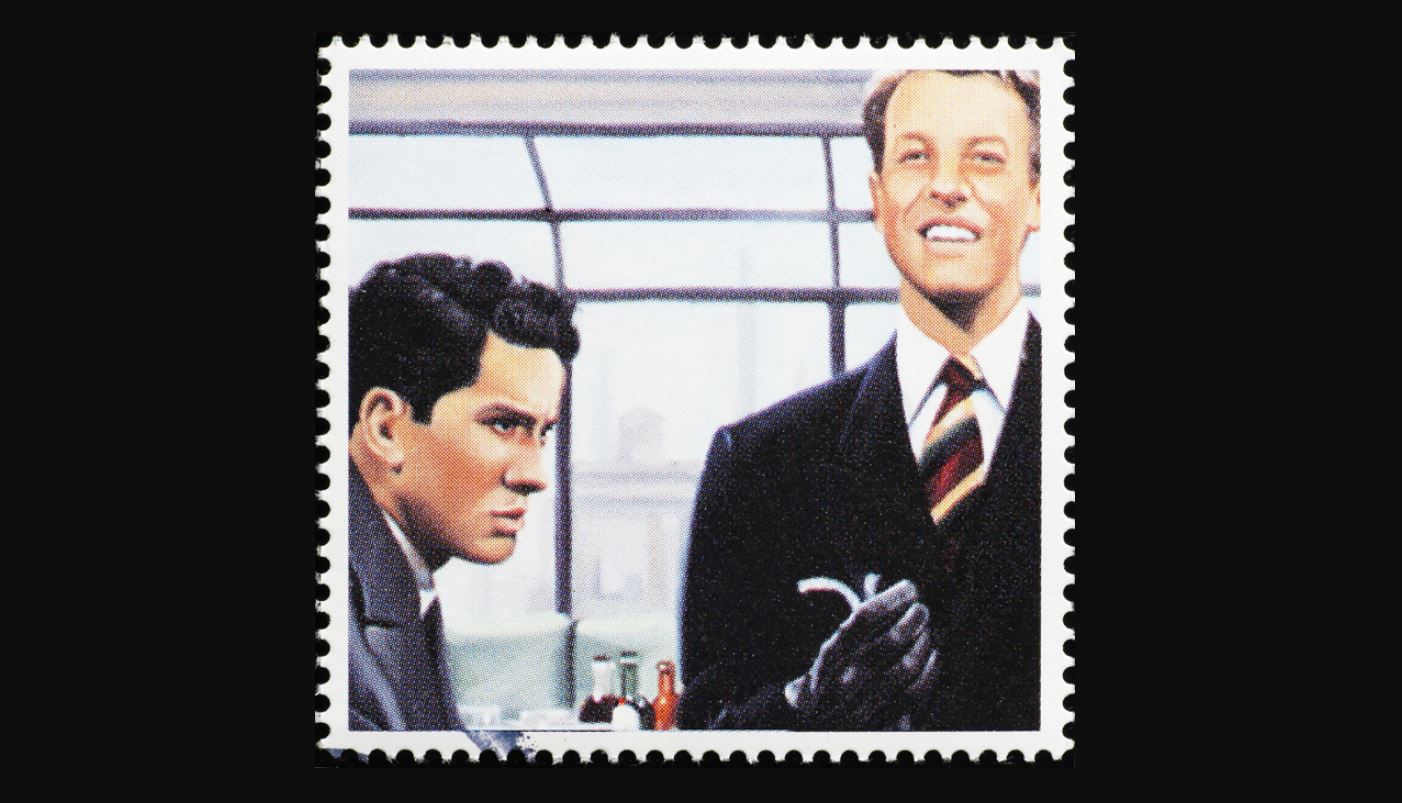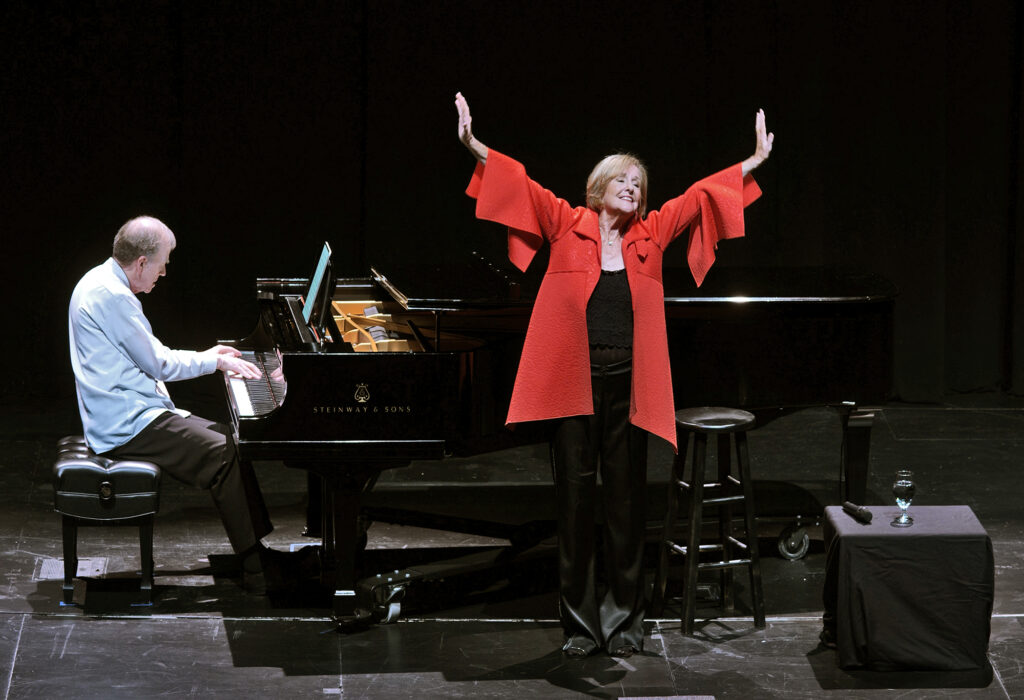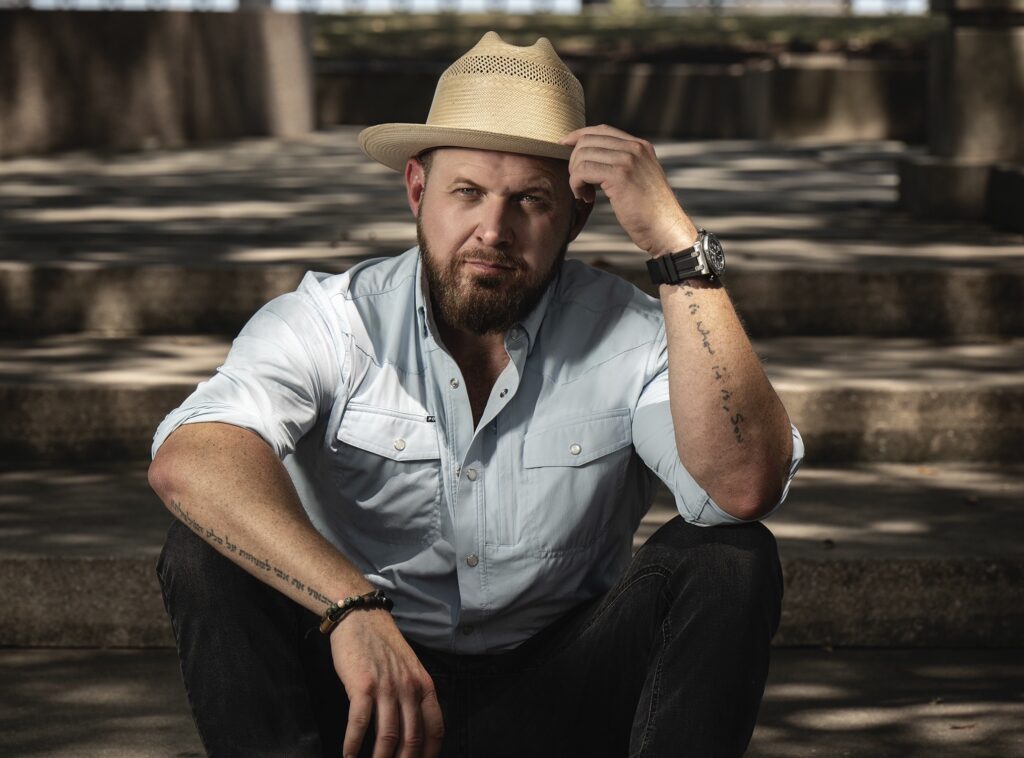Director and producer Alfred Hitchcock’s 1948 masterpiece, “Rope,” begins deceptively, with fine lilting music and scenes of an idyllic New York City block. A woman walks her baby in a stroller, a car glides down a one-way street, and a policeman escorts two boys through the light traffic. Despite omnipresent brick, glass, and concrete, the view is almost bizarrely pastoral.
Then as the credits finish, a fierce scream is heard, but all too briefly. The scene changes and two young men in a plush Manhattan apartment are strangling a third.
“Strangulation has more vivid pictorial qualities,” Hitchcock explained in macabre detail. “It is considerably more horrifying to watch a man struggle and strain under the agonizing pressure of an effective throttling, than to see one slump and flow with bullets in his midriff or a shiv between his ribs.”
Their task completed, the two young men stuff the dead body into a chest. Exhausted and exhilarated, one of them sighs deeply and lights a cigarette while the other stares in stunned bewilderment and confusion. Not only have they just murdered their close friend, David Kentley, but they have also invited his family, his fiancé, his closest friend, and their old prep school housemaster to a dinner party, to be held almost immediately after the murder. They even serve dinner from atop the chest in which Kentley’s body now lies.
“Good Americans usually die young on the battlefield, don’t they?” one of the murderers rhetorically asks. “The Davids of this world merely occupy space, which is why he was the perfect victim for the perfect murder. Of course, he was a Harvard undergraduate. That might make it justifiable homicide,” he smugly jokes.
The Technical Details
Based on “Rope’s End,” a 1929 play by Patrick Hamilton (itself thought to be loosely based on a real 1924 murder case), the rest of the story follows the dinner party’s several participants in real time. That is, the film’s action takes place entirely within a continuous 80-minute span of a single evening.
Hitchcock admits that the whole idea was a bit experimental, as each scene in the movie—with not a single break outside of the street scene run under the opening credits—happens in consecutive 10-minute segments, exactly the capacity of each individual film canister.
I undertook “Rope” as a stunt; that’s the only way I can describe it. I really don’t know how I came to indulge in it. The stage drama was played out in the actual time of the story; the action is continuous from the moment the curtain goes up until it comes down again. I asked myself whether it was technically possible to film it in the same way. The only way to achieve that, I found, would be to handle the shooting in the same continuous action, with no break in the telling of the story that begins at seven-thirty and ends at nine-fifteen. And I got this crazy idea to do it in a single shot.
Almost as important, “Rope” was Hitchcock’s first color movie. Color was no mere gimmick for the great director, but rather a necessity to highlight the dramatic qualities of the murder, the story falling into twilight, and ultimately the dark night. “I wouldn’t make a Technicolor picture just for the sake of using color,” Hitchcock admitted. “I’ve waited 17 years to find a story of my type in which color actually plays a dramatic role.”
The employment of color was, Hitchcock said, all about mood. “We must bear in mind that, fundamentally, there’s no such thing as color; in fact, there’s no such thing as a face, because until the light hits it, it is non-existent,” Hitchcock believed. “There is no such thing as a line; there’s only the light and the shade.”
Hitchcock had not only directed the movie, he had—through his new but short-lived company, Transatlantic Pictures—produced it as well. Sadly the movie failed to show well at the box office, and reviews of it at the time were mixed.
“At all events, the picture takes on a dull tone as it goes and finally ends in a fizzle which is forecast almost from the start,” lamented The New York Times in 1948.
Less prestigious papers, such as The Post-Standard out of Syracuse, claimed that “Rope” held “some of the best acting, directing, and photography in Technicolor that has recently slipped across the local screen,” while Abilene Reporter-News proclaimed that “the expert use of Technicolor and Hitchcock’s wizardry at building a plot to explosive excitement make ‘Rope’ one of the screen’s most sensational films.”
In 2021, looking back over the history of movie making, it’s extremely difficult for any cinephile to understand The New York Times’ dismissal of the film. Not only is “Rope” a great Hitchcock movie, it must also be one of the greatest movies in cinematic history. The direction is compelling, the acting is extraordinary, the dialogue is crisp, and the unraveling of the murderers’ arrogance is downright gripping.
The Lesson Learned
In hindsight, it’s also impossible not to be struck by how objectively moral the story is.
As teenagers, the two murderers had spent many late-night hours discussing ethics and morality with their housemaster, Rupert Cadell (Jimmy Stewart). As a follower of Friedrich Nietzsche, Cadell had taught them that morality and ethics existed only to keep the masses in check. The elite—or the supermen—were above and beyond good and evil, and furthermore had the privilege of not just believing, but acting as such. After all, victims are “inferior beings whose lives are unimportant anyway.”
Who then are the elite? According to one of the murderers: “The few are those men of such intellectual and cultural superiority that they’re above the traditional moral concepts. Good and evil, right and wrong were invented for the ordinary average man, the inferior man, because he needs them.”
When Cadell figures out what his two former students have done, the reality of his teaching and philosophy becomes unbearable for him.
Justice, it seems, is absolute. So is the greatness of Hitchcock’s “Rope.”
Bradley J. Birzer is Russell Amos Kirk chair in American Studies and professor of History, Hillsdale College.













